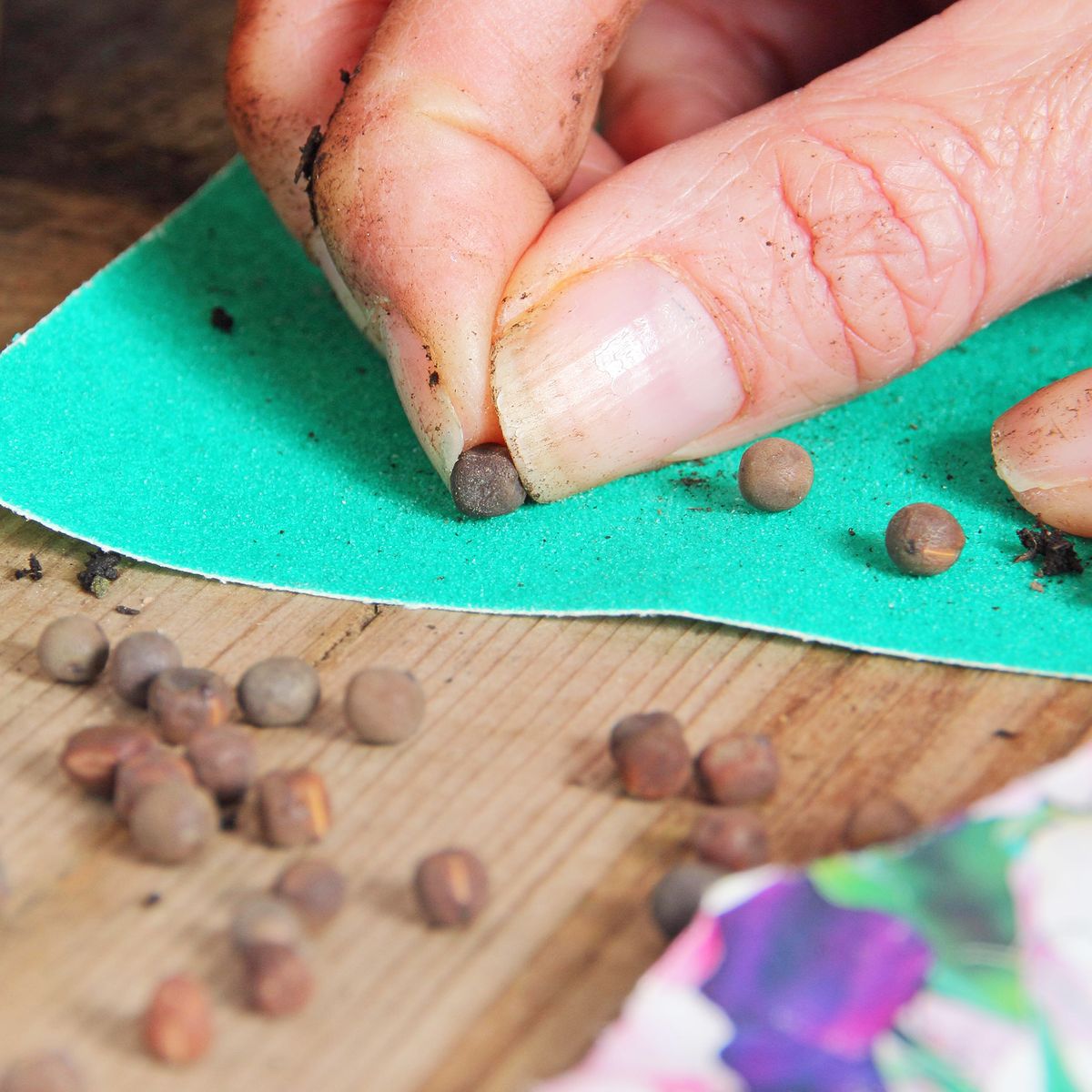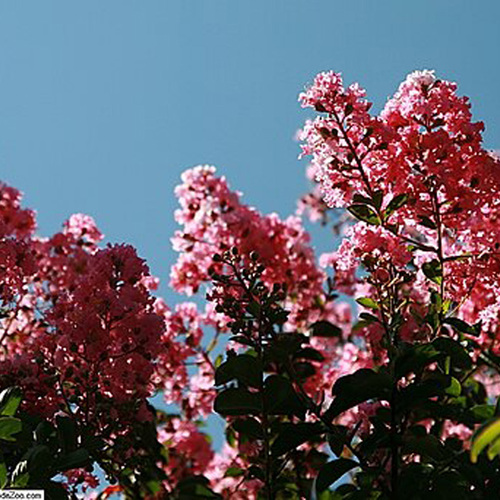The fall garden… it’s that time of the year when the weather begins to cool and there’s a nip in the air, you know it’s time to begin preparing your garden for fall and winter.
This is especially important for your vegetable garden. A smooth transition will help you get the greatest yield as you transition from the summer garden to a fall garden and then shut things down for the winter.
In this article, we will share five smart ways you can make the most of your garden during the cool and pleasant autumn months.
Reap Your Garden Harvest
Autumn is the traditional time for harvest, and after all of the hard work you have put into growing your vegetables you can now reward yourself by spending pleasant days in your garden harvesting your delicious homegrown produce.
Autumn is the perfect time to harvest your root vegetables such as potatoes, carrots and onions. Additionally, winter squash are now ripe for the picking. As the days grow cooler, you will have the perfect weather for preserving your fresh veggies for the wintertime by freezing, canning or dehydrating.
If you have an herb garden, now is the time to cut back your herbs and hang them to dry or freeze them for use during the winter months.
Clear Your Garden Bed
After your final harvest, you will want to begin preparing your soil for winter. Pull up your old plants and use them for composting for next year. Simultaneously, pull up any weeds that may be invading your garden space. Be sure to dispose of them properly by bagging them and sending them off with the trash or by burning them. Take care not to add them to your compost pile.
Amend Your Soil & Balance Your pH Levels
Once your harvest is in, you can check the pH levels of your soil and make proper amendments to adjust them so that your garden will be ready for planting in the spring.
If you don’t already have an electronic tester or pH kit, take a trip to your local plant nursery or shop online. These tools are an important investment that cost little and help you make the most of your home vegetable garden.
For your veggie garden, your soil should measure slightly on the acidic side. Ideally your pH level should be between 6.3 and 6.9. If you find your soil to be too acidic (below 6.3) amend it with lime to increase alkalinity. On the other hand, if your pH level is above 7.5 your soil is too alkaline. In this case, you would want to add elemental sulfur to lower the alkalinity.
Both lime and sulfur are organic amendments you can pick up at your local garden center. Adding them in the fall gives them plenty of time to work their magic on your soil so you can get busy planting as soon as all danger of frost passes in the spring. Use a lime-sulfur spray for caring for fall roses.
Work In Some Compost
The nutrients in organic compost are released slowly, so it’s smart to work a generous amount of manure or compost into your vegetable garden beds at the start of winter. Begin by adding a layer of one or two inches of manure or compost over the top and then till it in. It will break down slowly throughout the winter and replenish the nutrients in your soil.
Mulch!
Be sure to protect your garden bed by mulching with straw, mulching leaves, wood chips or a thick layer of working compost. This will help keep moisture in and prevent leaching of nutrients through the winter. Take care not to mulch with straw, hay or grass clippings that may contain weed seeds. This will only cause you problems when the growing season begins.
Avoid Frozen Pipes & Hoses
Whether you water with an irrigation system or with a garden soaker hose, it’s smart to defend against freezing long before the first frost. Once your harvest is done and you have tested, amended and protected your soil, disconnect your irrigation system or roll up your hose and store it properly.
If you are using an irrigation system in a very cold climate, be sure to blow out the lines with an air compressor to prevent freezing, swelling and burst pipes.
Plant A Winter Crop
Before the first freeze, plant your garlic for next spring. The temperatures outside and in the ground should be cold but not yet freezing. This is important because if you plant your garlic too early, it will begin to grow too early and may be subject to freezing.
Planting your garlic late in the autumn provides just the right amount of exposure to the cold. This helps ensure that you will enjoy an abundant crop of fresh, healthy garlic in the spring time.
TIP: To plant garlic properly, bury individual cloves at spacing intervals of 6 to 8 inches. The cloves should be planted three inches deep, covered well with freshly amended soil and mulched generously with compost or straw. Each of your cloves of garlic will become a full head by summertime.
Phyllis Both at Sauk County Gardener shares this good piece of soil building advice…
Fall is the best time to build up your garden soil for next year’s growing season. I usually plant cover crops about Sept. 1. A cover crop for no-till gardens should be an annual so it dies down during the winter and provides a nice mulch next spring. This year I will use annual oats, field peas and forage radishes. The oats provide mulch and organic material and also help with soil erosion. The field peas provide nitrogen and the radishes aerate the soil and also provide organic material. Via wiscnews.com
Keep Composting
Once you’ve finished your fall garden preparations, your compost heap is likely to be fairly depleted. Take some time to turn the remains of the heap and continue adding to it throughout the winter with your kitchen and yard scraps. This will ensure that you have a good supply of natural, homemade compost when the spring garden season gets into full swing.
Must Read Related Posts
Sources: 1 | 2












